Joe Holyoak examines the practice’s decade-long influence on Birmingham’s urban landscape, highlighting transformative projects like the Smithfield redevelopment and efforts to save Station Street as a cultural destination
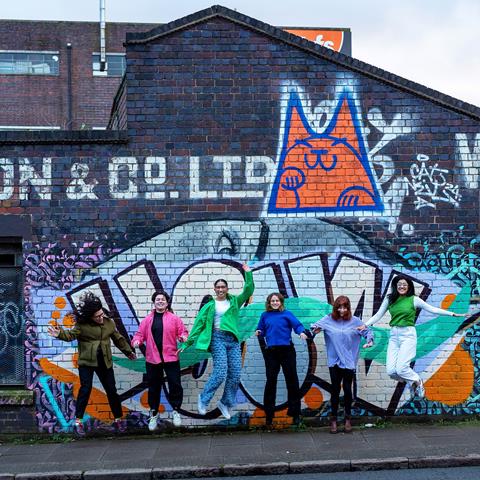
It’s a familiar story. A talented young architect gets to work for a big national firm. He or she gains valuable experience and knowledge about how architecture is done at a high level, but becomes frustrated at being only a small cog in a big machine. They leave and set up a precarious practice on their own in a shared space in a back street, helped by income from part-time teaching. They win some bigger commissions, and gradually prosper. At least it’s a familiar story in London. Not so much in Birmingham, where opportunities to prosper are fewer.
One practice which has done it is Intervention Architecture, which is celebrating ten years in practice, helped by a shrewd approach to the use of media and publicity. For the last three years it has been based in Digbeth, in an old canal company building close to the HS2 terminus now under construction at Curzon Street, which is going to transform the nature of this tight-grained part of Digbeth. It is also on the next block to the old Typhoo Tea factory designed by the Odeon cinemas architect Harry Weedon, currently being converted to the BBC’s regional headquarters by Howells.
Howells was the big practice where Intervention Architecture’s founder, Anna Parker, cut her teeth, then left to find workspace shared with artists and craftspeople a few streets away. From the beginning, Anna appreciated the interaction with others with complementary skills, and social engagement has always been a component of the practice’s work, often with children. The four pocket parks that it made in east Birmingham, with extensive community involvement, have led to the practice being shortlisted for the Pineapple Awards 2025, made to recognise placemaking initiatives.
The pocket parks were an initiative by the National Trust, as part of its ambition to address unequal access to nature, beauty and history, with east Birmingham as a priority area to improve access to quality green space. This commission from the National Trust led to another more specifically architectural one, where Intervention Architecture is engaging directly with issues of heritage and development economics, and potentially contentious planning politics. Both commissions are for areas of activity which lie outside what is normally thought of as the territory of the National Trust – grand landscapes and country houses.
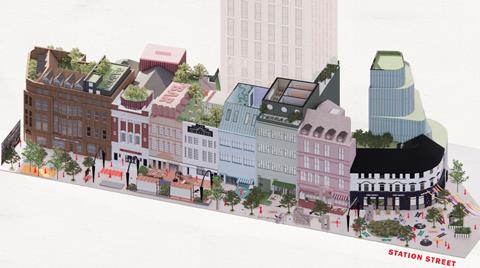
The later commission from the National Trust is for a study for the future of Station Street in the centre of Birmingham. It’s an extraordinary street that I have previously written about here, which contains the birthplace of heavy metal music, the Crown pub; the first purpose-built repertory theatre, the Birmingham Rep; and the country’s oldest cinema, the Electric. Since I wrote about it last year, the Crown has been listed, due to the efforts of the music historian Jez Collins, and the Victorian Society has facilitated the listing of the pub at the other end of the street, the Market Hotel. Sadly, the Electric recently failed to achieve listed status and its fate remains uncertain.
A threat hangs over the future of Station Street in the form of a yet-unpublished redevelopment scheme by the Manchester developer Glenbrook Property. Glenbrook owns the Electric and two adjacent buildings. It has closed the Electric and claims it is no longer commercially viable. Intervention Architecture’s study illustrates how all the existing buildings can be retained and enhanced while building on the one scrap of empty land on the block, with Station Street closed to traffic and redesigned, animated as a street of culture. Adding piquancy to the situation is the fact that Glenbrook’s architect is Howells.
Two significant building jobs that Intervention Architecture has recently won are the Leamington Spa Creative Quarter mixed-use project for the innovative developer Complex Development Projects, and the Erdington Baths project. The first involves the repurposing of old buildings and the addition of new ones around a new courtyard, and was completed in February. The conversion of the redundant Victorian baths in Erdington in north Birmingham was won in an invited competition. It will create new workspaces and other community facilities and is about to start on site. Both projects have a value of about £3m.
The major undertaking that Intervention Architecture is involved in is the redevelopment of the 17 hectares of central Birmingham that used to be the wholesale market, next to the Bull Ring retail markets. The developer, Lendlease, assembled a team of architects and other consultants in 2021, and decided that two small firms of local architects should be included alongside larger and better-known national businesses. Intervention Architecture was chosen, together with Minesh Patel Architects, and has since been working in collaboration with dRMM and Bell Phillips.
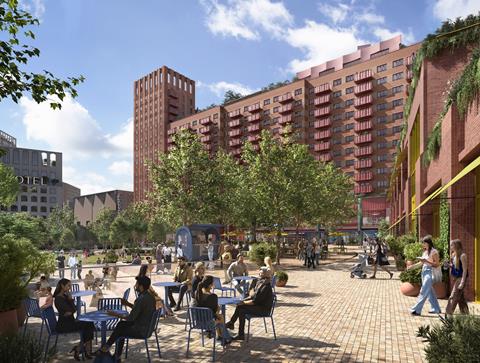
The first housing scheme in the Smithfield masterplan to come forward, by Bell Phillips and Intervention Architecture, has recently received detailed planning approval. It went to design review by Design:Midlands in February – Intervention Architecture’s first experience of design review. Smithfield is Birmingham’s first big masterplanning exercise, involving a number of different architects, since the pioneering Brindleyplace development by Argent in the 1990s. It is a tough school for a small young firm to be part of, but Intervention Architecture seems to be thriving in it.
An unusual aspect of the business is that it is almost completely female in its composition: currently with six females and one male, with a second male shortly to join. It is tempting to look for a feminist agenda in this pattern, but Anna Parker denies that there is one: each woman is simply the best person for that particular job, she says.
Nevertheless, I suspect that the largely female profile may contribute a certain distinctive quality to the firm’s work. I can broadly define some constituents of that quality – thoughtfulness, attention to detail, an enjoyment in making places, a responsiveness to human needs. In a city where too many promising initiatives falter for lack of sustained support, Intervention Architecture’s steady rise stands as a quietly remarkable achievement.
>> Also read: Chasing housing targets, cash-strapped Birmingham risks destroying its cultural soul
>> Also read: Another irreplaceable slice of Birmingham’s architecture and history is at risk



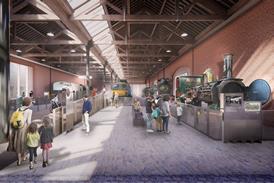
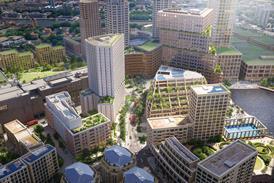



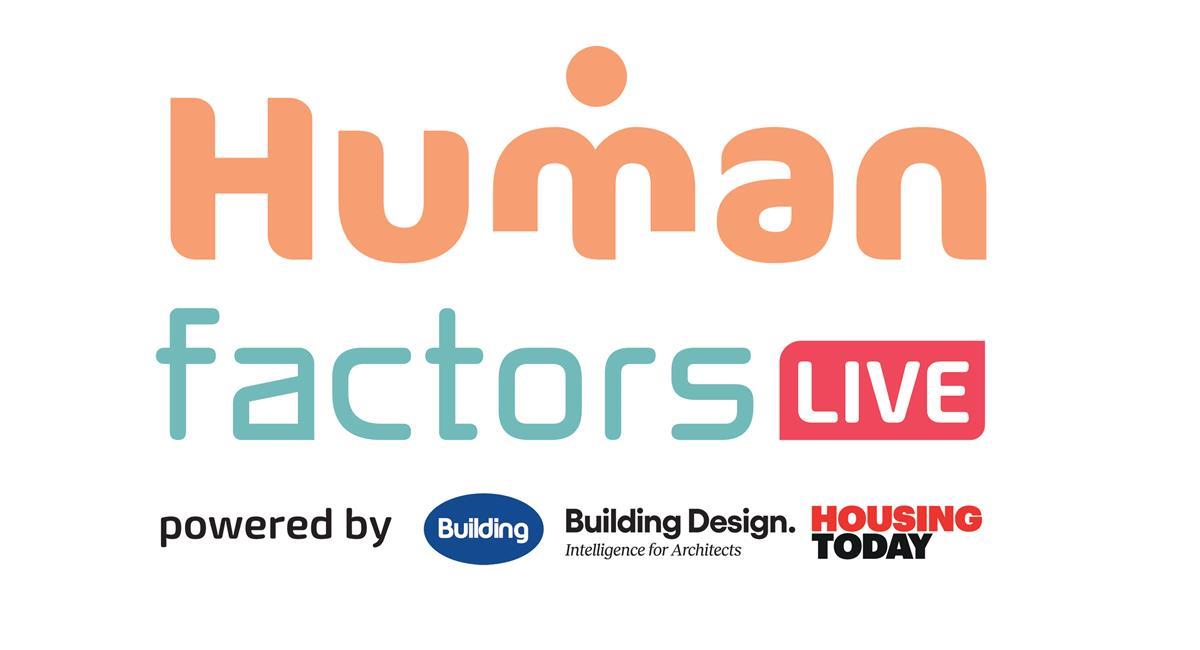







1 Readers' comment